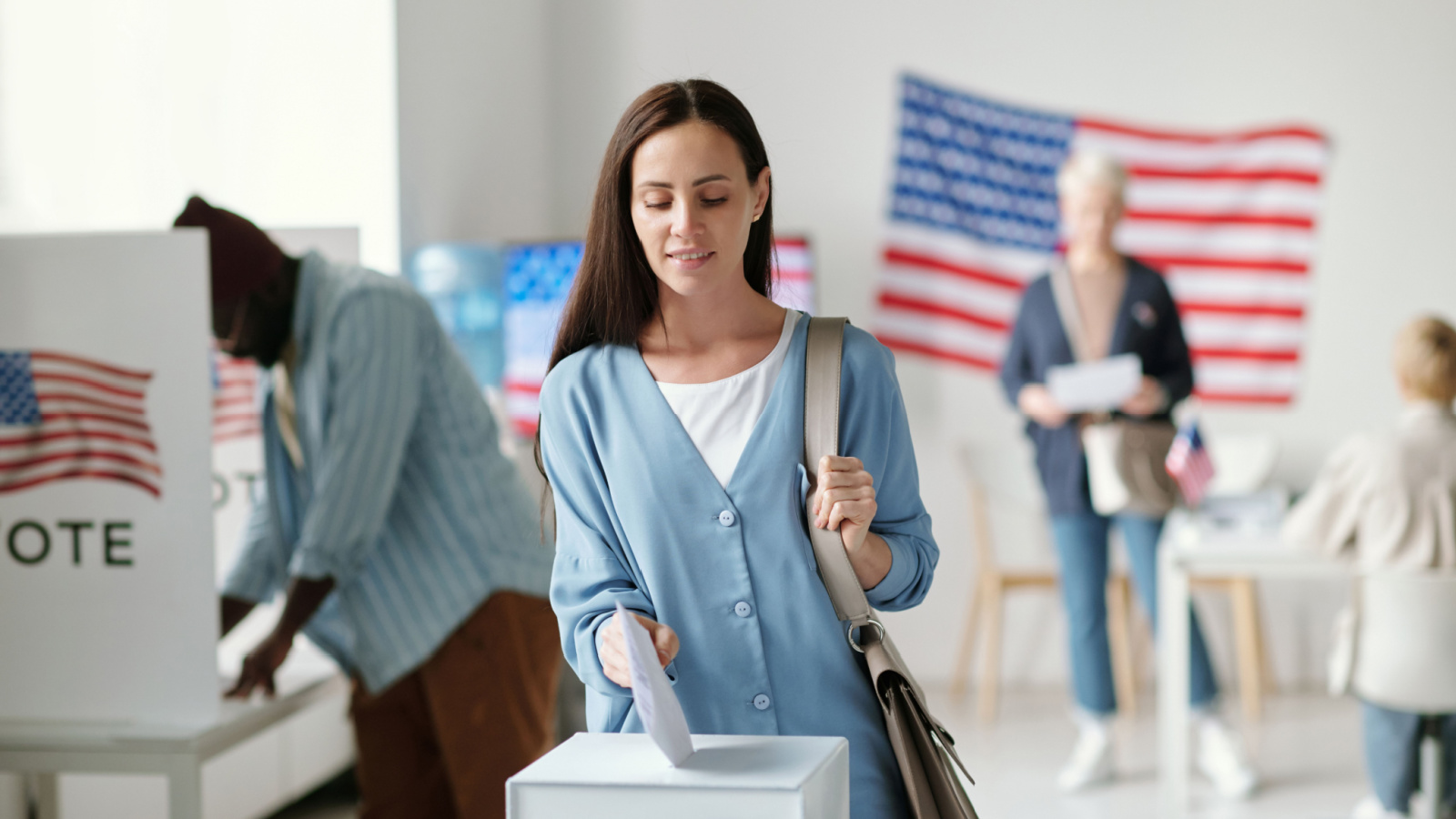The Supreme Court heard arguments this week regarding whether states can legally ban abortions in the case of medical emergencies that would not necessarily result in imminent death of the mother if the abortion were not performed.
The case at hand involves the interaction of a federal law requiring the stabilization of all emergency patients on one hand, and an Idaho state abortion ban on the other. Before the overturning of Roe v. Wade in 2022, states could not restrict abortion access.
Supreme Court Indicates No Conflict Between Federal Healthcare Law and State Bans
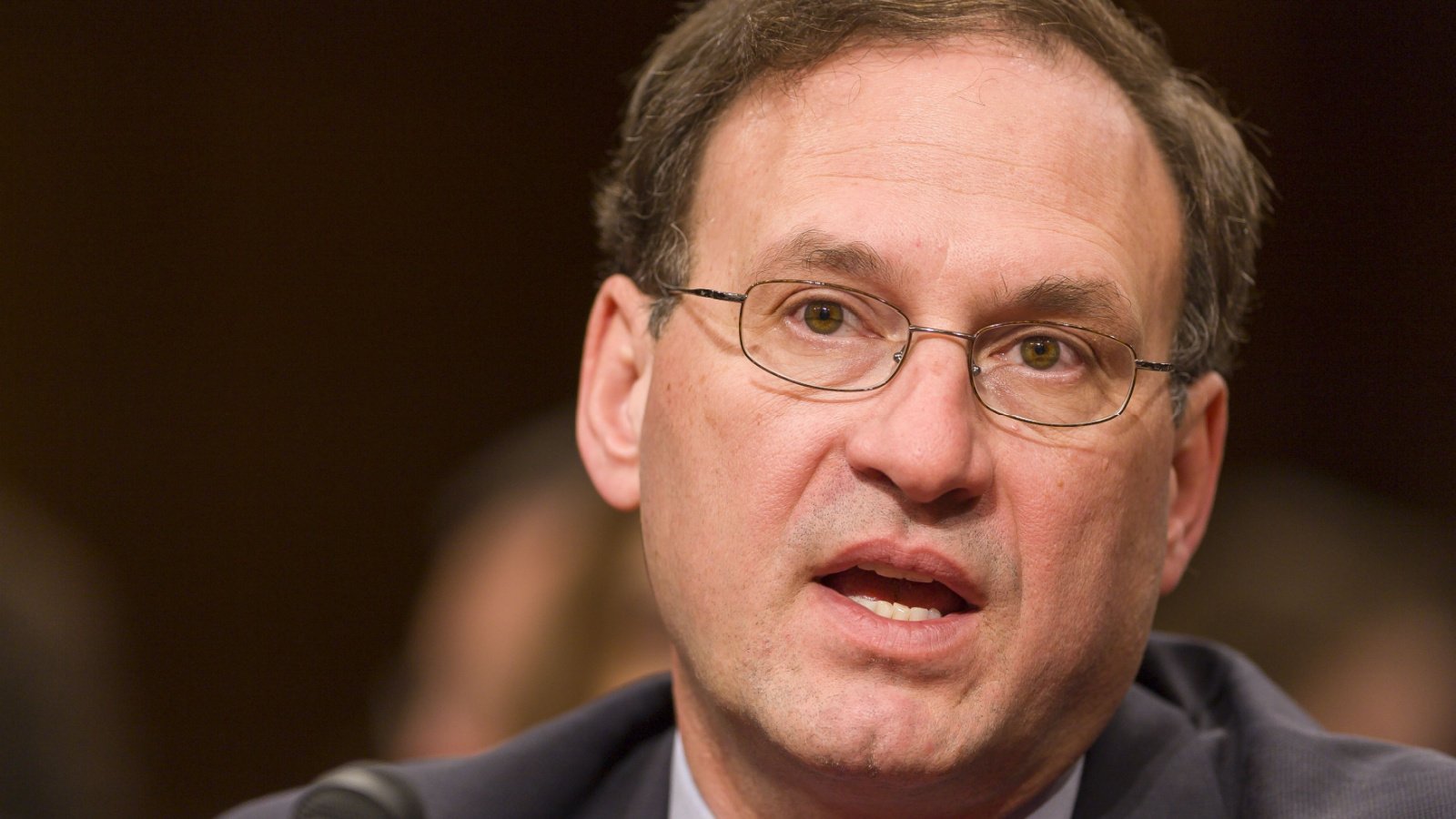
According to analysts, the Supreme Court Justices signaled skepticism with regard to the argument that state abortion bans are in conflict with federal law regarding emergency care. They took varying approaches to probing the Idaho state attorney on the care a mother would receive in a hospital’s emergency room.
Both Sides Protested Outside the Supreme Court
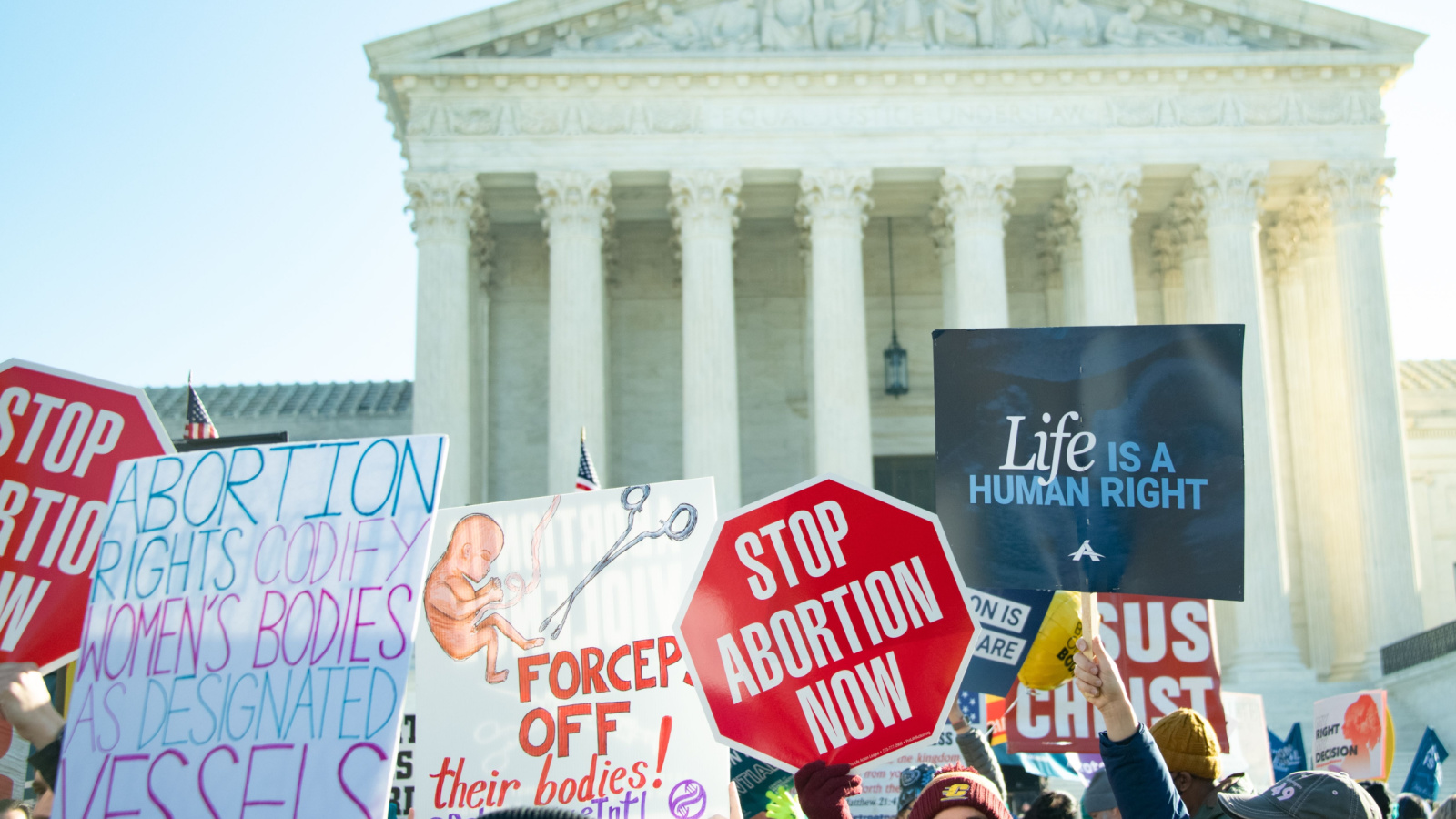
During the Supreme Hearing this week, protestors on both sides of the abortion issue were present outside of the Supreme Court. They held signs and made oppositional arguments, including “Abortion saves lives” and “Emergency rooms are not abortion clinics.”
First Consideration Post-Roe Reversal

This case is significant as it is the first time the Supreme Court will consider the impact of state-level regulation of abortion in a post-Roe world. Prior to the overturn of Roe v. Wade in 2022, states could not enact legislation restricting access to abortion.
Case at Hand

The case currently before the Court originated in Idaho, where the state has a law banning abortion in any circumstance except to protect the life of the mother. Critics of the law argue that the law conflicts with the Emergency Medical Treatment and Labor Act (EMTALA), which requires that patients receive “stabilizing care” in case of emergency.
If the stabilizing care requires abortion, the critics of the law say, the access to the procedure may not be protected under state abortion law.
Court’s Initial Stance

The court chose not to bar implementation of the law while its merits are under dispute. Justices did not disclose their disposition as to the underlying question of whether the federal EMTALA may take precedence over state law in cases of rare emergency incidents. The scope of the discrepancy could occur when a mother’s health is at risk but not to the degree that her death would be imminent without the abortion procedure being performed.
Testing the Court’s Flexibility
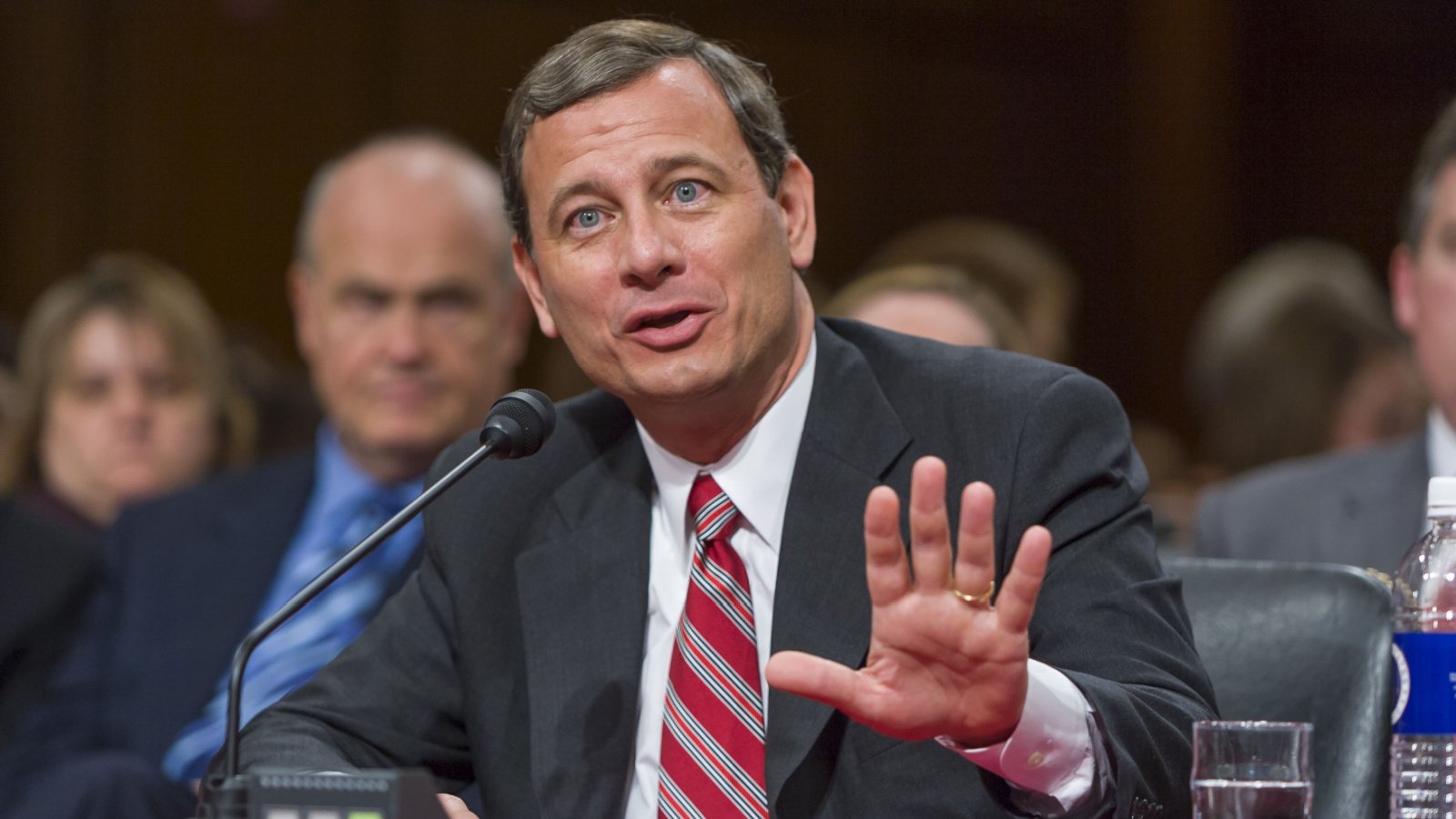
The outcome of the case will show where the justices are open to nuance and gray areas and highlight niche cases where states may still be forced to allow abortion even after the overturn of the 1973 Roe v. Wade.
Court Decision Will Come by End of Summer
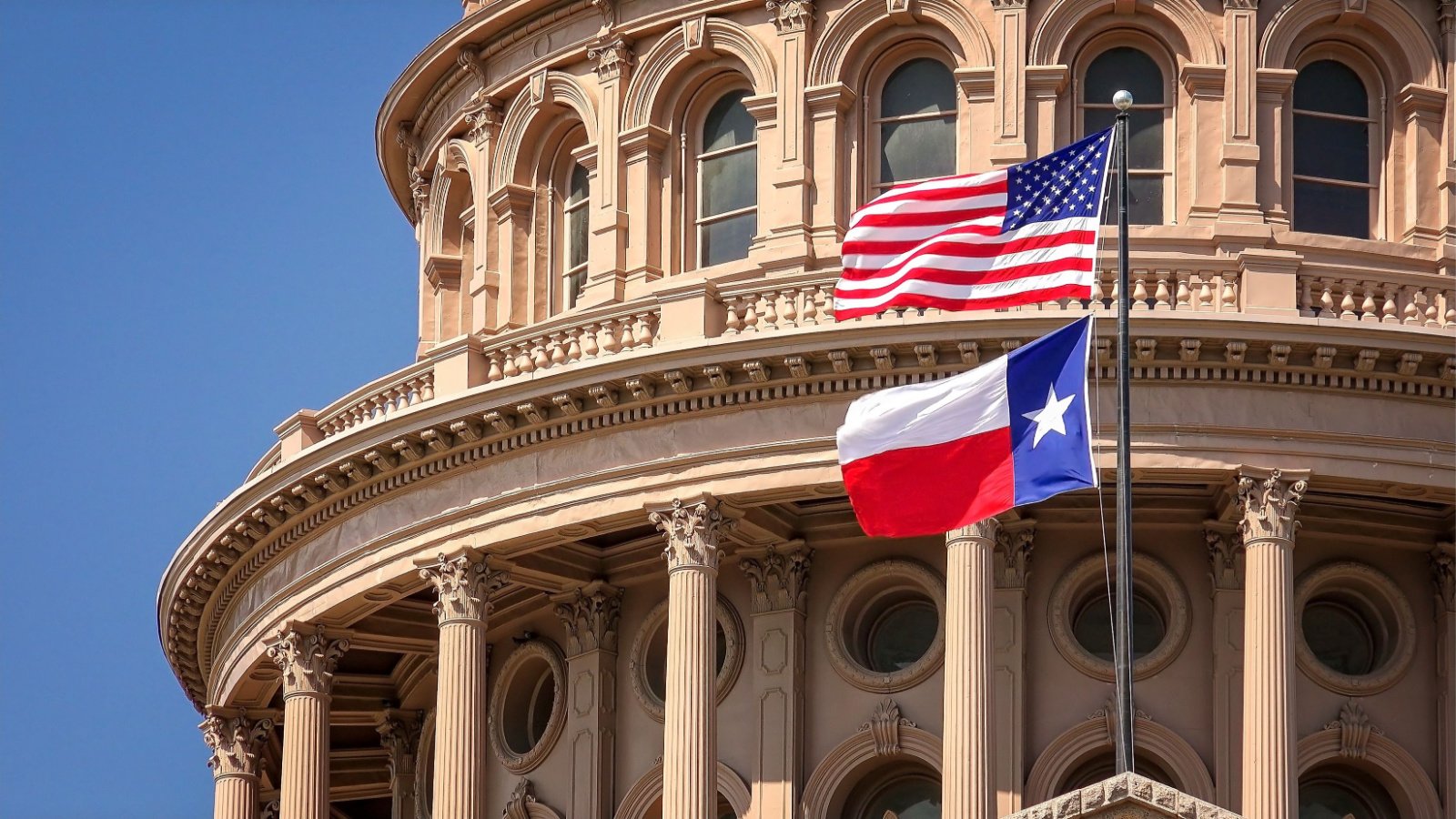
The Court will announce its decision on the case by the end of the summer, and the results will inform another similar state law in Texas.
Biden Administration Brings the Case Against Idaho
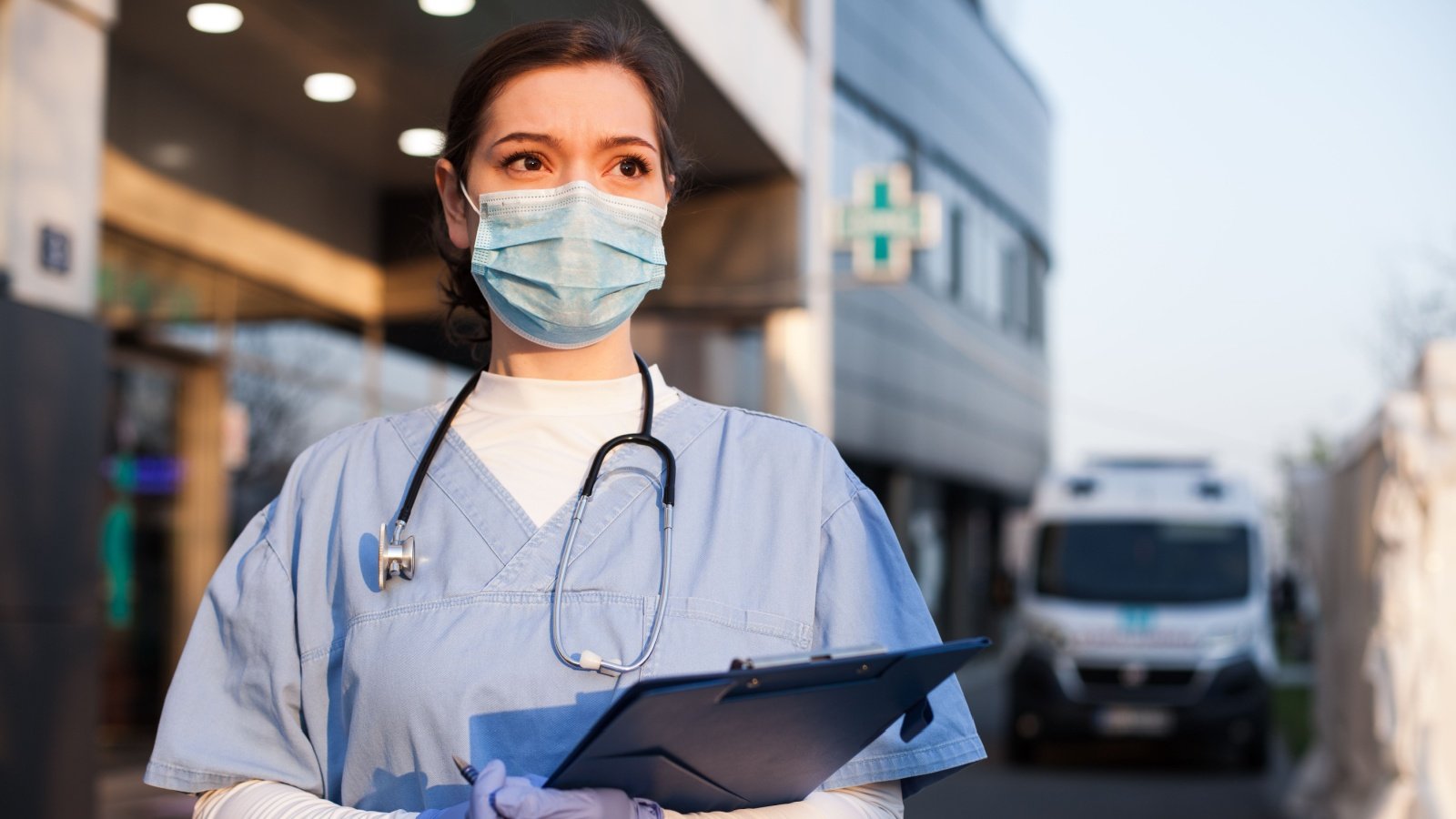
Opponents of the post-Roe legal landscape have been mounting opposition to the restrictive abortion laws, focusing efforts on amassing instances in which women have been denied abortions in emergency departments across the country, presumably because the case of the mother’s health was not grave enough for the doctors to perform an abortion in the face of state bans.
Federal Law vs. State Bans

The Biden Administration brought the case against Idaho’s law and rests its main claim on the fact that in accordance with federal EMTALA law, hospitals accepting federal dollars through Medicare and Medicaid must provide emergency care to patients, including abortion, regardless of whether a state otherwise bans abortion.
Justice Alito’s Doubts
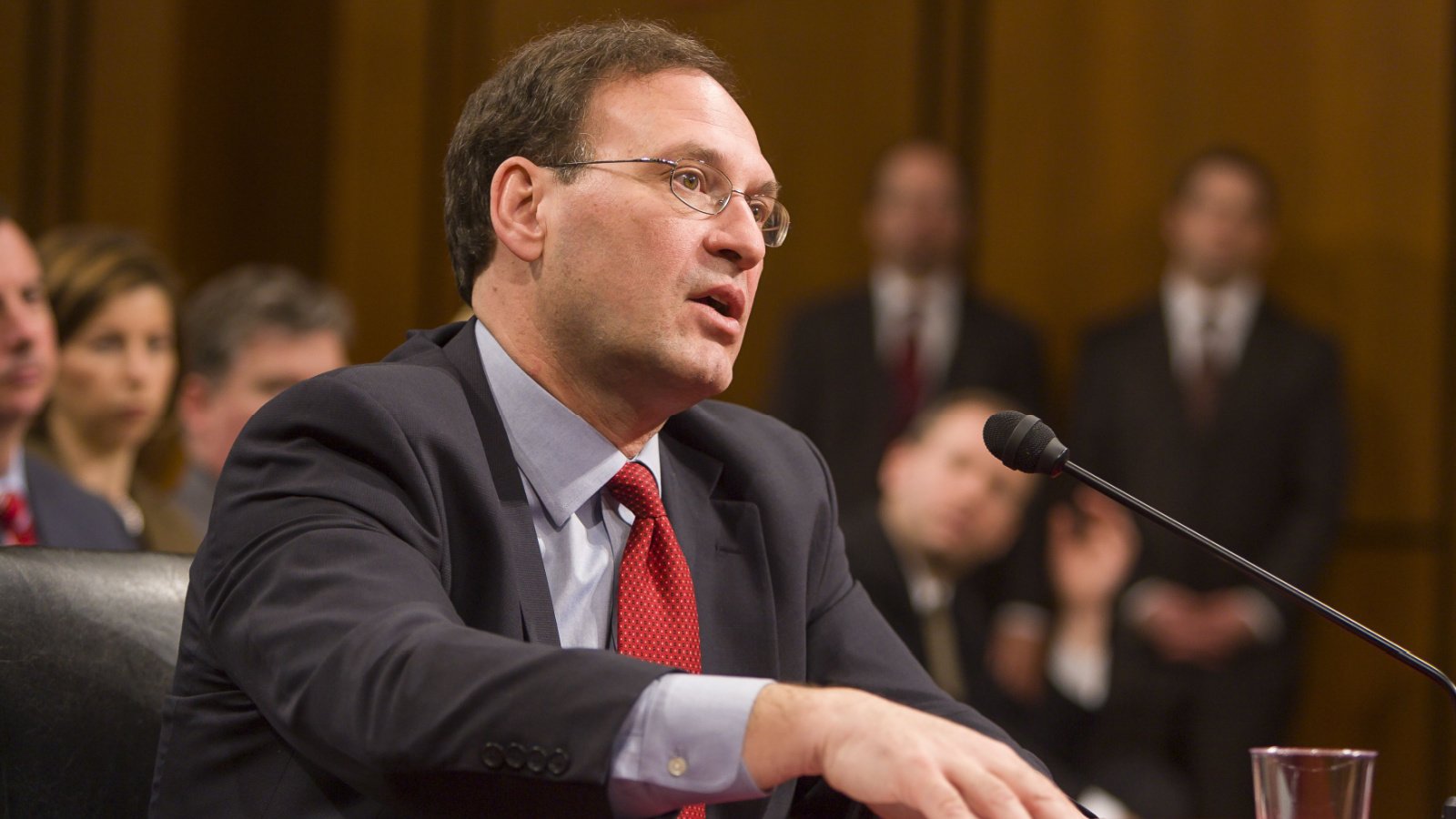
Justices on the court displayed a variety of approaches to the question at hand. Justice Samuel Alito asked the Biden administration, “How can you impose restrictions on what Idaho can criminalize, simply because hospitals in Idaho have chosen to participate in Medicare?” Alito authored the court’s decision in Dobbs v. Jackson, which overturned Roe v. Wade.
Idaho’s Legal Position
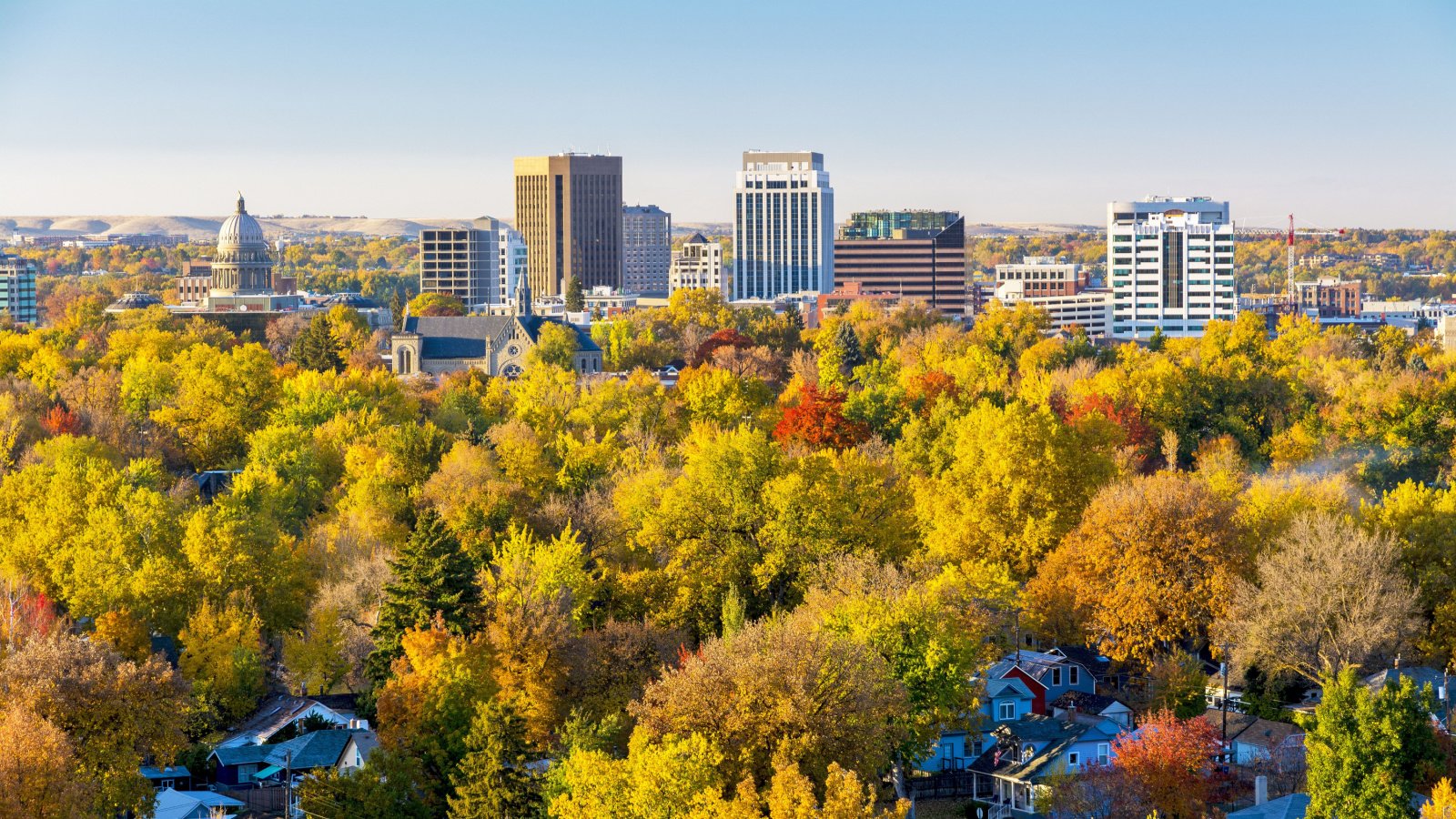
In response to the Biden Administration’s challenge, Idaho argues that its law banning abortion does allow for exceptions when the life of the mother is at risk. Idaho pushes back that the Administration wants to increase the scope under which a woman’s health is considered at risk.
Idaho argues that this would force emergency rooms and hospitals to become “abortion enclaves” where abortions would be performed with less scrutiny as to the severity of the health risks to the mother.
Liberal Justices’ Concerns
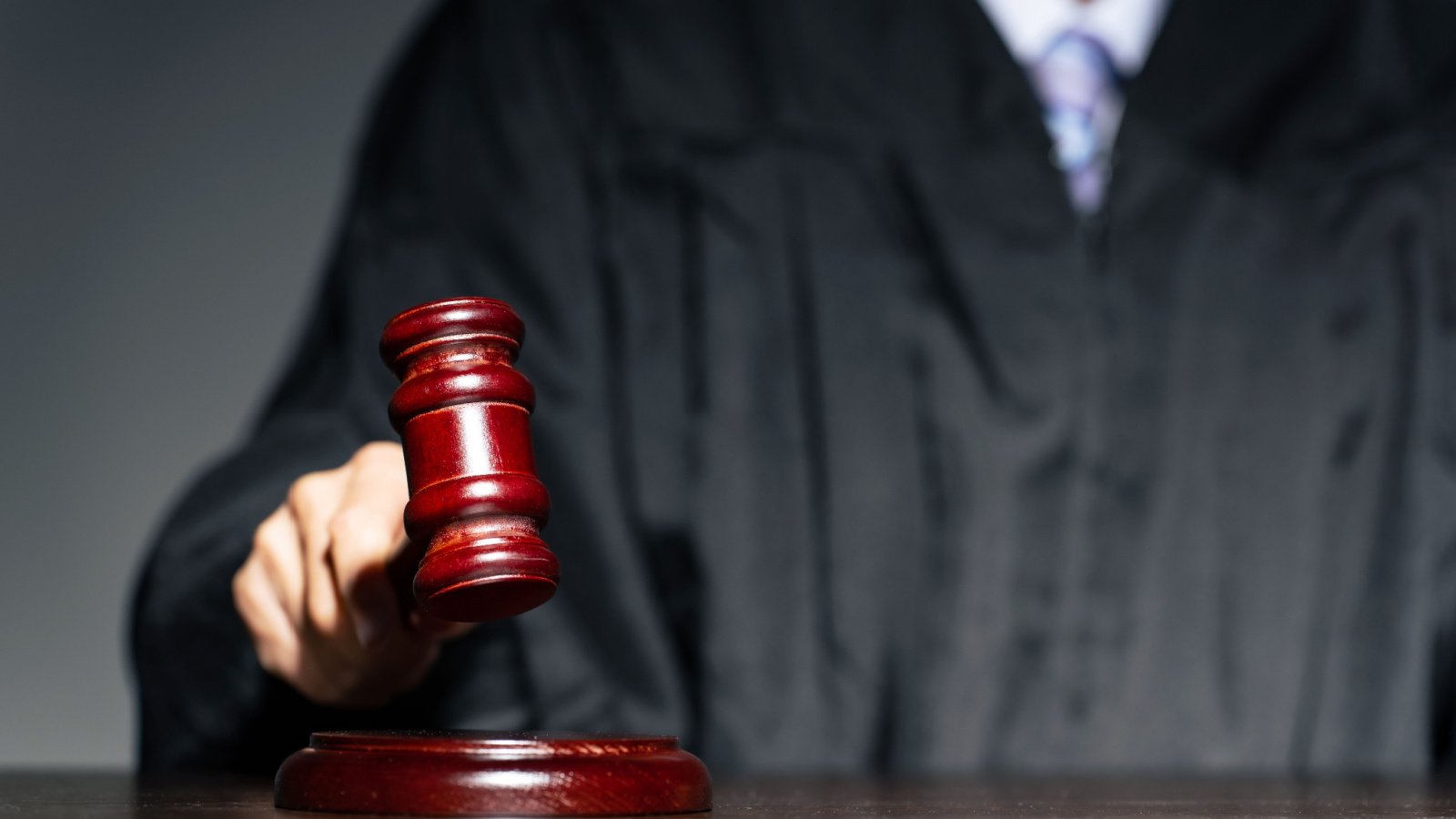
Liberal justices emphasized emergency care scenarios in their questioning, posing questions regarding what would happen if pregnant women visited the emergency department with a hemorrhage and cases in which the denial of abortion would lead to further devastating circumstances such as needing a hysterectomy, impacting the woman’s future fertility and ability to bear children.
Justice Barrett’s Shock at Idaho’s Apparent Hedging on Scenarios Presented by Liberal Justices

In response to the liberal Justice’s line of questions regarding emergency scenarios, Justice Amy Coney Barret expressed shock that Idaho’s responses were not decisive about the cases of hemorrhaging and other clear emergency scenarios. She claimed that the state attorney appeared to hedge on the question of care in this scenario.








